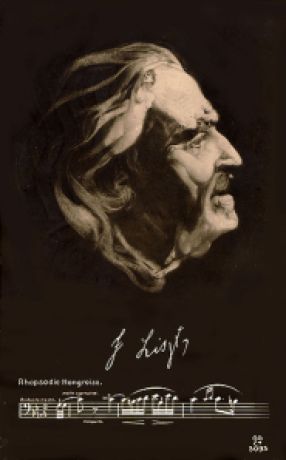Der travestirte Hamlet: Eine Burleske in deutschen Knittelversen mit Arien und Chören (1794) was one of several parodies that capitalized on the Hamlet fever that swept the German-speaking lands in the late eighteenth and early nineteenth centuries.
Karl Ludwig Giesecke wrote the play; the composer was not indicated, but there are grounds for believing that it was Vincenc Tuček (1773–1821).
The numbers include a song in which Polonius coaches Ophelia on how to seduce Hamlet, a song in which Hamlet insists that he is not afraid of ghosts, and a duet for Hamlet and Ophelia at the end of the “get thee to a nunnery” scene. No one is killed in the play: Polonius avoids Hamlet’s rapier, Ophelia recovers her sanity, the poisoning is averted, and ultimately everyone goes out to drink wine together. The show ends with a choral finale and a contradance.
This according to “Some Viennese Hamlet parodies and a hitherto unknown musical score for one of them” by Peter Branscombe in Festschrift Otto Erich Deutsch zum 80. Geburtstag (Kassel : Bärenreiter, 1963), which is covered in RILM’s Liber Amicorum: Festschriften for music scholars and nonmusicians, 1840–1966.
Above, Edwin Booth as the Melancholy Dane, ca. 1870.
Related article: Comedy versus opera








